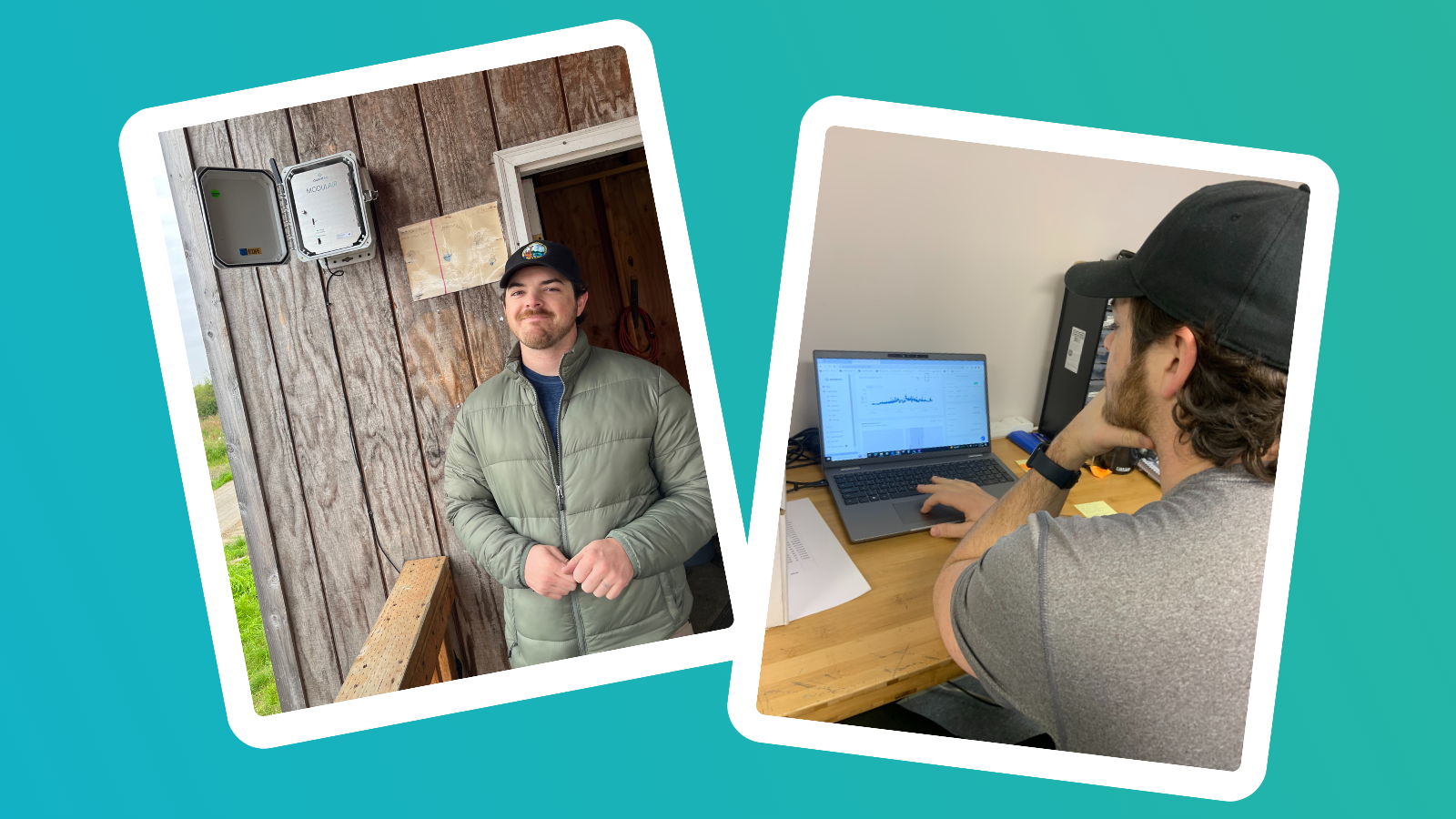Keeping your air quality monitoring projects on track from the comfort of your office
The intricate web of air quality monitoring networks presents a unique set of challenges, from inconvenient on-site maintenance to navigating vast distances between sensors. QuantAQ's IoT monitoring systems provide a seamless avenue for you to stay on track remotely.

Navigating the intricate web of air quality monitoring networks presents a unique set of challenges. The inconvenience of on-site maintenance is undeniable, and it only intensifies when you factor in vast distances between sensors or between sensors and the team responsible for managing them. As these networks expand, so can the burden of effective management. The key to streamlining this process lies in remote sensor capabilities.
Beyond mere convenience, real-time data accessibility is a linchpin for maintaining awareness, particularly during emergency events that demand immediate communication and swift action. In our relentless pursuit of simplifying your operational workflows, QuantAQ’s IoT devices and dashboard provide a seamless avenue for you to stay on track remotely, enabling you to focus your efforts where they matter most.
Manage your network from miles away
As teams build and deploy monitoring networks, especially where there was previously no infrastructure, some sensors are sited further from their managers than others. With limited physical proximity to the sensors, remote connections are necessary to keep track of functionality and urgent air quality events.
When a MODULAIR™ sensor was deployed in the 500-person village of Napaskiak, Alaska, the Department of Environmental Conservation team needed to be able to manage it from their headquarters in Anchorage—almost 400 miles away. Having confidence in the devices running independently was essential. With our QuantAQ Cloud dashboard, the team could check the status of each sensor, no matter their distance, in a few clicks.
Skip the on-site maintenance hassle
Rearranging your day or week to visit a malfunctioning sensor for troubleshooting and repairs can be a huge drain on time, financial, and human resources. And when sensors are down, your network is vulnerable to lapses in data collection and responsiveness. That’s why we’ve built our MODULAIR™ sensors for durability and reliability no matter the season—without frequent trips for repair and recalibration.
When security restrictions made repeated on-site maintenance unrealistic for the Sydney Airport’s air quality network, their consultant’s team chose our devices for their robust, nonstop service.
Scale your management capabilities
As your network grows, you may need to manage sensors in multiple locations. Whether you’re orchestrating a robust network of sensors or consulting on different monitoring projects, an accessible touchpoint for all your devices is crucial. Our user-friendly QuantAQ Cloud dashboard enables easy management for every sensor you deploy in a single interface.
To manage multiple sensors across London from their headquarters - 200 miles away in Manchester - Urban 360 needed to ensure they could simultaneously monitor all of them. Because each QuantAQ sensor sends real-time air quality data to the cloud, the team could avoid the back and forth of traveling to each site to verify their accuracy.
Ready to build your remote monitoring network? Connect with our team.

